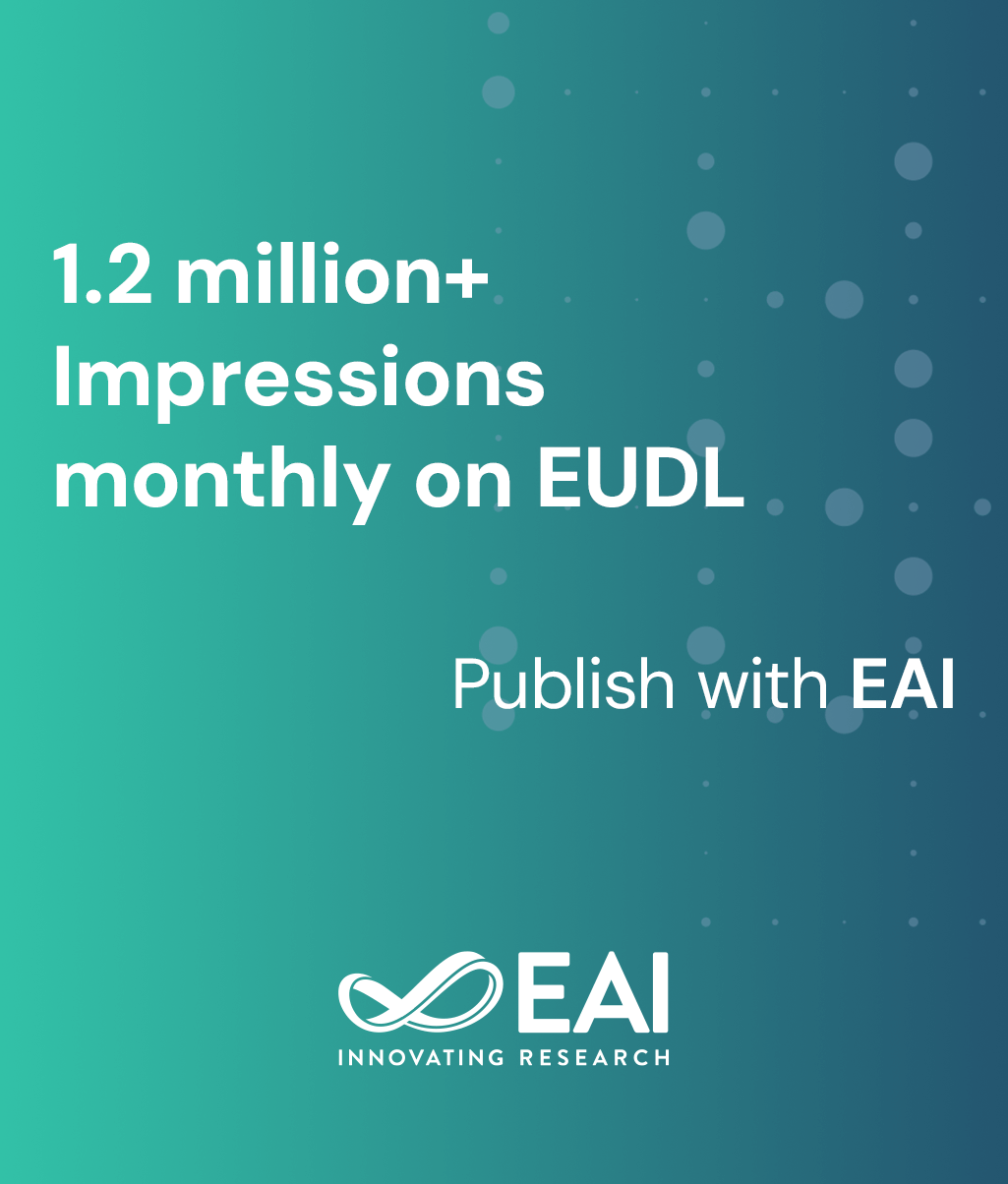
Research Article
Drone-Assisted Climate Smart Agriculture (DACSA): The design of the groundwork flow data for drone operations
@ARTICLE{10.4108/eetsis.6923, author={G. S. Prabowo and A. S. Budiyanta and A.P. Adi and A. Wirawan and H. Mardikasari and F. S. Pranoto and T. K. Wardana and D. Kusumoaji and I. Rismayanti and A. Septiyana and A. Aziz and B. H. Trisasongko}, title={Drone-Assisted Climate Smart Agriculture (DACSA): The design of the groundwork flow data for drone operations}, journal={EAI Endorsed Transactions on Scalable Information Systems}, volume={12}, number={1}, publisher={EAI}, journal_a={SIS}, year={2025}, month={4}, keywords={Ground Support, Precision Farming, Drone, Flow Data, Climate Smart Agriculture}, doi={10.4108/eetsis.6923} }- G. S. Prabowo
A. S. Budiyanta
A.P. Adi
A. Wirawan
H. Mardikasari
F. S. Pranoto
T. K. Wardana
D. Kusumoaji
I. Rismayanti
A. Septiyana
A. Aziz
B. H. Trisasongko
Year: 2025
Drone-Assisted Climate Smart Agriculture (DACSA): The design of the groundwork flow data for drone operations
SIS
EAI
DOI: 10.4108/eetsis.6923
Abstract
The success of precision farming hinges on effective ground support and workflow. In pursuit of this, we undertook a thorough requirement study of the system necessary for precision farming and developed a precision farming data flow model in ground support. The prototype hardware ground support and conceptual data flow provided valuable guidance in the successful realization of Drone-Assisted Climate Smart Agriculture (DACSA). Using open-source software to accommodate a range of data processing algorithms becomes crucial in operationalizing ground support for precision farming. This study has culminated in a comprehensive prototype model for precision farming operations that can be executed with confidence. The management system of flow data for precision farming has been drawn, this platform is specifically crafted to streamline agriculture operations by transforming diverse inputs into useful spatial data. To maintain the growth of the database, it is necessary to incorporate it in the entire crop cycle. The integration of this database can significantly enhance the precision of predicting plant performance. While this innovative approach is still in progress, it has already demonstrated its potential in supporting informed decision-making. For the next, it is imperative that we prioritize research aimed at creating decision-support algorithms that can effectively gather and blend information pertaining to soil, crops, and weather into actionable maps. These maps must incorporate location-specific data and be utilized by agricultural professionals for on-site decision-making. Moreover, they must be well-suited for drone usage in tasks such as monitoring, mapping, or spraying.
Copyright © 2024 Prabowo et al., licensed to EAI. This is an open access article distributed under the terms of the CC BY-NC-SA 4.0, which permits copying, redistributing, remixing, transformation, and building upon the material in any medium so long as the original work is properly cited.


